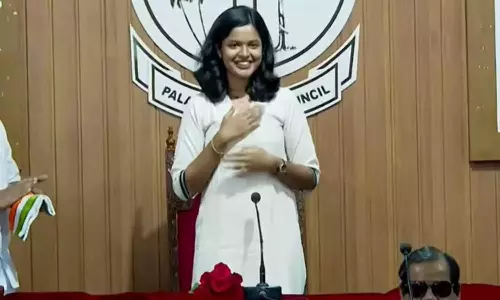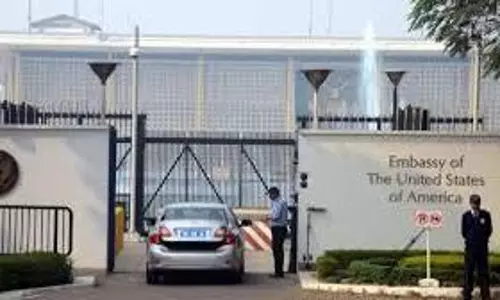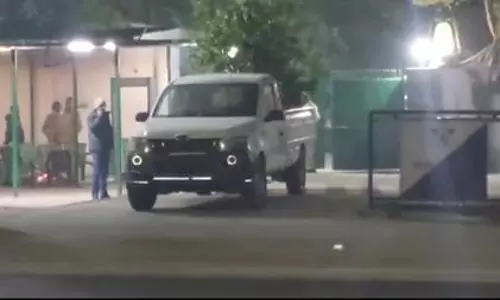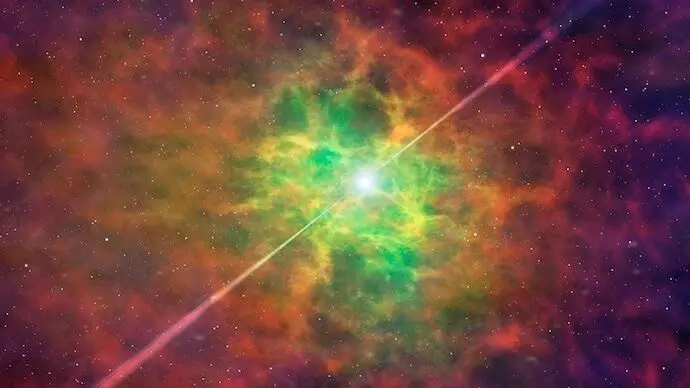
In 8 yrs, more than 600 gamma-ray bursts detected by ISRO's AstroSat
text_fieldsNew Delhi: Over 600 Gamma-Ray Burst (GRB), which indicate the death of a big star or the merging of neutron stars, have been detected by India's AstroSat space telescope, marking a significant milestone.
"The detection of the 600th GRB is a great demonstration of the continued undiminished performance of Cadmium Zinc Telluride Imager (CZTI) eight years after launch, and well after its design lifetime," Dipankar Bhattacharya, the principal investigator for CZTI, said.
Dubbed as mini big-bangs, GRBs are the most energetic explosions in the universe, emitting more energy in seconds than the sun will emit in its entire lifetime, Gaurav Waratkar, a Ph.D student at IIT Bombay, who leads the study of GRBs with AstroSat, said.
GRBs last from a fraction of a second to several minutes and are accompanied by the birth of a black hole.
Launched in 2015 by the Indian Space Research Organisation (ISRO), AstroSat had a design life of five years but continues to be in good health, making observations for astronomers.
The satellite is India’s first dedicated multi-wavelength space observatory, equipped with a suite of payloads for simultaneously observing celestial objects across different wavelengths, from ultraviolet to X-rays.
“We are proud of what AstroSat has accomplished. To build upon this success, multiple institutes have come together and proposed to build Daksha, a next-generation GRB space telescope that will be far better than any such satellite worldwide. Daksha will be sensitive enough to detect in just over a year what CZTI did in eight,” Varun Bhalerao, associate professor at IIT-Bombay, said.
The 600th GRB detection by AstroSat’s CZTI detector was made on November 22, which was notified to astronomers across the world who could use it in their research on such a phenomenon and provide astronomers with invaluable data to explore the extreme conditions associated with these high-energy events.
“It is amazing to look at the data and have the opportunity to be the first one to view these explosions that happened billions of years ago,” Waratkar said.
He said since the 600th GRB, the CZTI has detected three more such events, the latest on Monday.
The detection of these GRBs and science results from the various instruments on AstroSat have been published in over 400 peer-reviewed research articles.
With PTI inputs























